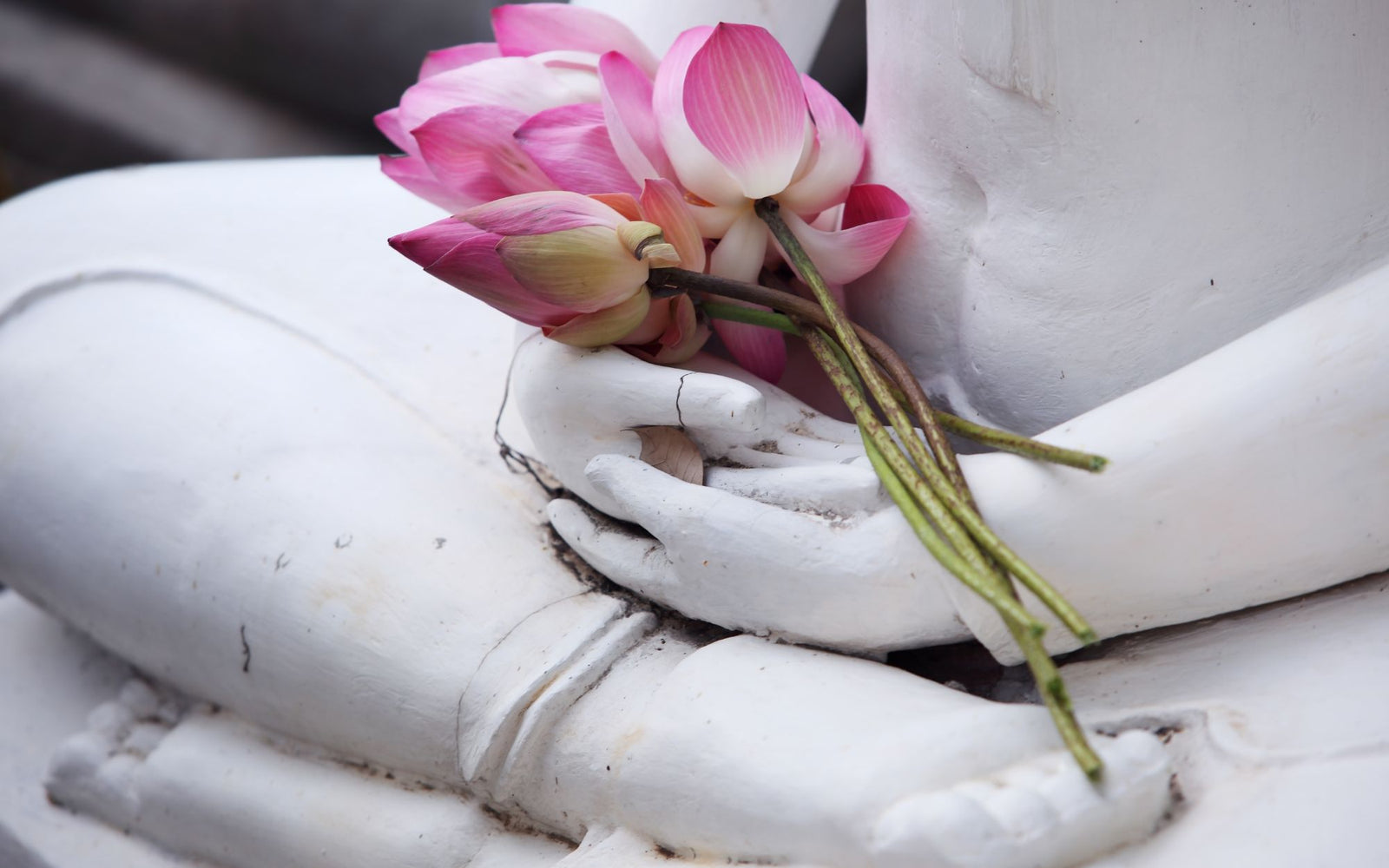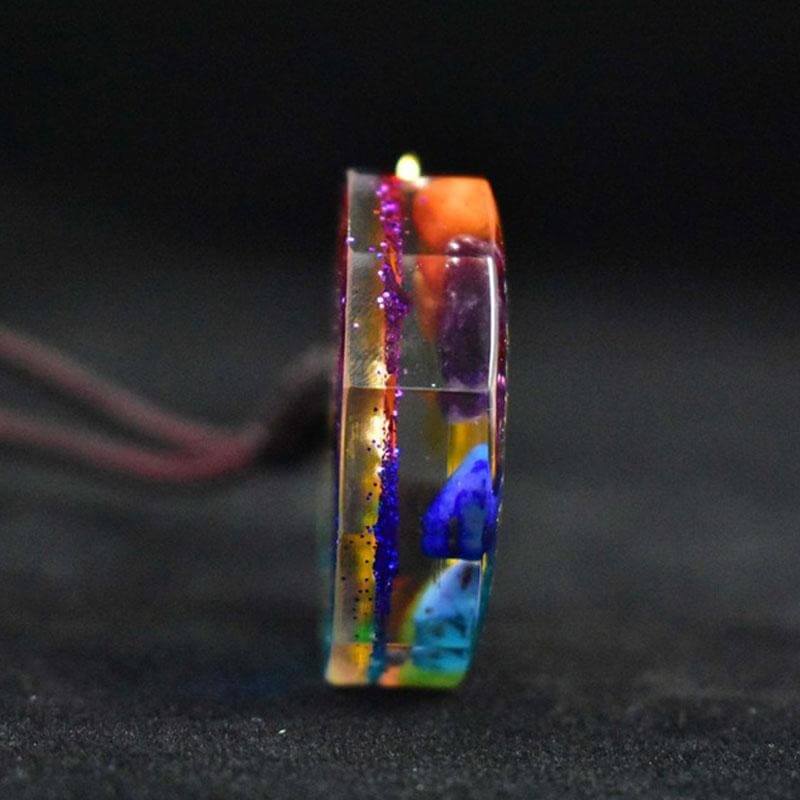The lotus flower is one of the most recognizable symbols of the Buddha. In fact, it is one of the Eight Auspicious Symbols of Buddhism.
Beyond its physical beauty, the lotus flower has a deep spiritual meaning in Buddhism. It is considered to be a symbol of enlightenment.
In this post, we will explore the meaning of the lotus flower in Buddhism and learn about why it is such a revered symbol.
In This Article
Lotus Flower Meaning
The lotus flower meaning is associated with enlightenment. It grows in muddy water, but its petals remain clean and unblemished. This represents the journey of the Buddhist practitioner, who starts off life surrounded by chaos and confusion, but through practice and dedication, is able to achieve enlightenment.
The bud of the lotus flower is also seen as a symbol of spiritual awakening. It emerges from the darkness and rises above the surface of the water, representing the dawning of enlightenment.
It also represents detachment from the material world. Although its flowers bloom in mud, the lotus is not affected by dirty water.
Lotus Flower and the Buddha

The lotus flower also has a strong connection to the Buddha himself. According to legend, the Buddha was born in a lotus flower.
Whenever the Buddha walks, lotus flowers bloom in his wake according to legends. This is a testament to the Buddha's purity and spiritual power.
And after his death, his relics were enshrined in a sacred lotus bud.
Buddhas and Bodhisattvas are often depicted sitting or standing on a lotus flower, as a symbol of their enlightenment. Bodhisattvas are beings who have chosen to stay in the cycle of rebirths in order to help others achieve enlightenment.
Lotus and the Om Mani Padme Hum
The lotus flower is also associated with the Om Mani Padme Hum mantra. This mantra is considered to be the most important mantra in Tibetan Buddhism.
This six-syllabled mantra loosely translates to "The jewel is in the lotus." In this mantra, the lotus represents wisdom and the jewel symbolizes a pure state of mind.
The Om Mani Padme Hum mantra teaches us that the path to enlightenment lies within our own minds.
Lotus Colors and Their Symbolism

There are many different colors of lotus flowers, each with its own symbolism.
The white lotus is associated with purity and represents the buddha nature that exists in all beings.
The red and pink lotus symbolize love and compassion.
The blue lotus signifies spiritual knowledge and understanding.
The purple lotus is a symbol of transformation and rebirth.
The gold lotus embodies the highest level of enlightenment.
The Meaning of the Different Lotus Buds
The bud's stages of growth also depict the journey to enlightenment.
The bud that is just starting to bloom represents the beginner on the path to enlightenment.
The bud that has opened halfway represents the progress of the practitioner on the path.
And the fully open bud represents enlightenment itself.
The Takeaway
The lotus flower is a beautiful and iconic symbol of Buddhism. It represents the journey of the Buddhist practitioner from chaos and confusion to enlightenment.
The lotus flower is also associated with the Om Mani Padme Hum mantra, which teaches that the path to enlightenment lies within our own minds.
Each color of the lotus flower has its own symbolic meaning. The same goes for each stage of the lotus bud.
The lotus is indeed a powerful symbol of Buddhism's faith.
May we all be inspired by the beauty of the lotus and find our own path to awakening.













Leave a comment